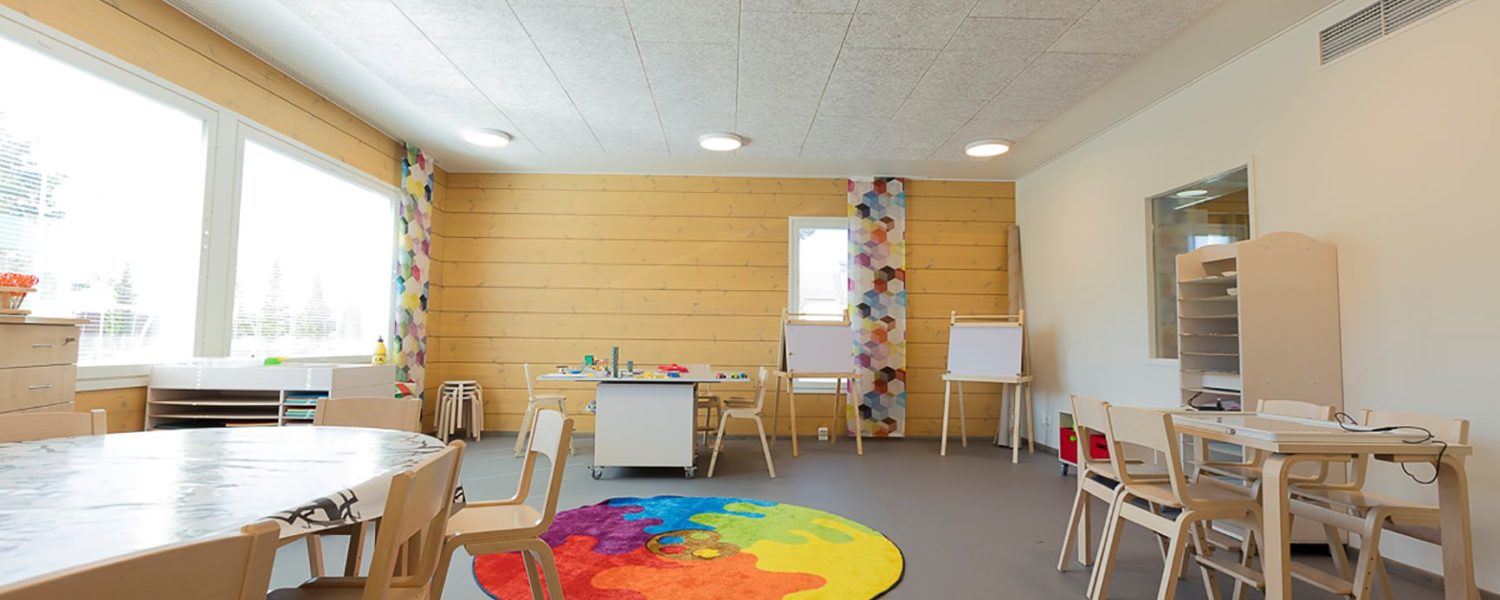By John Calder
In the beginning was the Word…
It was followed many years later by the realization that room acoustics affect listeners’ ability to clearly hear spoken words. Christian schools, houses of worship and meeting rooms have progressed over many centuries from caves to cathedrals, from small groups to mega-churches and large educational facilities, all in the service of the spoken word.
Whether designed into the structure or added later, the acoustical properties of many different types and sizes of rooms have played a large part in how well the message has been perceived.
The science of Architectural Acoustics has studied how various shapes and types of room surfaces affect our ability to understand speech. Speech Intelligibility is now a standardized measurement, and it shows us the best “reverberation times” at different sound frequency ranges to enable the average listener to clearly understand the spoken word, with or without amplification. Echo and reverberation – the repeating sound reflections in a listening space – can be highly problematic as the size of the room increases and/or the surfaces of the room increase in reflectivity.
Room Treatments or Soundproofing
The noise present in a room is potentially a big problem, from noisy boilers and air conditioning units to outside traffic sounds. That brings us to the two types of acoustics: Room Treatments (better sound) and Soundproofing (less noise). Both are important but differ in scope.
Soundproofing is nearly always best considered during the pre-construction design phase of a building, whether a large or small structure, where the costs of isolating different spaces and decoupling the walls, floors, and ceilings from each other (and the outside) are far less than remodeling after the structure is finished. This topic is complex and is best handled by hiring an acoustical design firm.
Better Sound Begins on the Surface
Better sound in rooms, however, is simpler, at least on the surface – pun intended, room surfaces are where room treatments will be placed. The acoustical tools available to treat room sound reflections (the cause of excess echo and reverberation) are simple: sound absorbers and diffusers. The task gets more complicated when considering the tonal ranges of the absorbers and diffusers, and their effectiveness.
Additionally, an overriding challenge can be reducing the echo and reverberation while looking good. With Aesthetic Acoustics, it’s possible to blend acoustic elements with the décor in the space for invisible room treatments.
The size of the space dictates the treatment(s) needed for speech clarity. Classrooms and meeting rooms are considered small spaces while main gathering areas are considered large. Smaller spaces, like classrooms and meeting/conference rooms, typically need fewer sound absorbers and more diffusion, so everyone in the space can hear the instructor regardless of which way they are facing or where they are in the space.
Large spaces, however, regularly need more absorption because the walls, floor and ceiling surface areas reflect sound without reducing sound energy. This results in strong reflected sound energy arriving at listeners’ ears later than the original spoken (and often amplified) sound – the later-arriving reflections “smear” and distort the original sound. Untreated reflections (echoes and reverberations) interfere with our ability to discern words and meanings of speech.
Classrooms benefit from sound absorber panels placed in strategic areas of the room, often near windows and smooth, flat surfaces which strongly reflect sound. However, diffusion is often underutilized in classrooms and meeting rooms because when administrators consider “sound treatments” they generally think of absorber panels as the only option.
Curved-surface diffusers, either cylindrical or quasi-spherical, will have the desired effect of evenly spreading out sound waves into the listening space. This is an excellent way to approach small rooms, whether for classes or meetings, because it is helpful to be able to hear everyone in the room (teachers sometimes complain that they are unable to clearly hear students’ questions when rooms are overly absorbent).
Treating the surfaces of large areas for absorption (and some diffusion if the surfaces are large and flat) is dependent on several parameters, for example, how reflective the walls and ceilings are (floors can’t be treated with anything but carpeting for obvious reasons); what the shapes of the wall and ceiling surfaces are; and if there is a sound amplification system in the space (and how directional it is).
These differences in large room acoustical parameters drive the selection and placement of room treatments, which are most often in the form of wall- and ceiling-mounted fabric-covered panels, either absorbers or diffusers.
Amplification Systems and Sound Reflections
Most modern schools and churches have sound amplification systems and dedicated staff to operate them. Well-designed speaker arrays utilize controlled directionality, which keeps much of the initial amplified sound from reflecting off the ceiling and side walls.
In these large rooms, absorber panels on the back and front walls, with some absorber coverage on side walls near the rear of the house, work well to reduce destructive reflections. When the speaker array/system is older or less well designed, more absorber panels will be needed along the side walls and ceiling to mitigate strong amplified sound reflections. The goal for more intelligible speech is more direct than reflected sound from the person speaking or the loudspeaker array.
Acoustically absorbent panels are most often fabric-wrapped fiberglass panels of 2” to 4” thickness, which are edge-hardened for stability and ease of mounting on walls and ceilings. These are affordable, widely available and absorb sound in the critical frequency bands from 300 Hz to 3,000 Hz and higher.
Diffusion panels are available in many styles, but the most effective are often vertically oriented tall cylindrical shapes, which spread out sound energy horizontally, corresponding to the plane of seated attendees.
Stealth Acoustical Treatments
On the topic of “stealth acoustical treatments,” which are perceived as Aesthetic Acoustic design elements rather than acoustical panels, several modern options are available. Micro-perforated aluminum or wood-veneer panels can be mounted on wall surfaces or in wall cavities and in hanging ceiling T-grids – these are effective sound absorbers and look like smooth fabric panels.
Slotted and round-hole perforated wood panels with acoustically absorbent backing are available in many veneers and look like standard wood panels. Large convex curved wood or metal “clouds” hung from ceilings can diffuse reflected sound energy. And “wood wool” panels, which are ecologically sourced, are available as wall and ceiling surface finishes that also absorb sound energy and can be painted in nearly any color to match the room décor.
When room acoustics are a problem, it is always best to consult with knowledgeable experts, whether they are acoustical designers or experienced salespeople.
Research and development in the acoustical products category have increased the affordability, effectiveness, and number of décor options available to anyone in charge of speech intelligibility in classrooms, meeting spaces, and large congregation areas. Many videos and books are available for those who wish to know more about Architectural Acoustics.
John Calder has more than four decades of professional sound experience, specializing in acoustics. Acoustical Surfaces offers more than 35 years of experience with solutions in noise control, soundproofing and acoustical products for commercial, industrial, educational, house of worship, pro audio, OEM, home theater and other residential applications, www.acousticalsurfaces.com.





